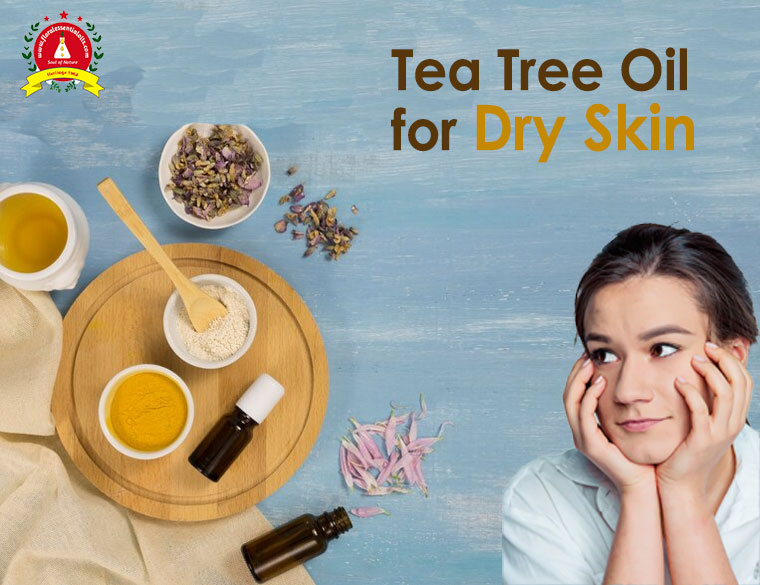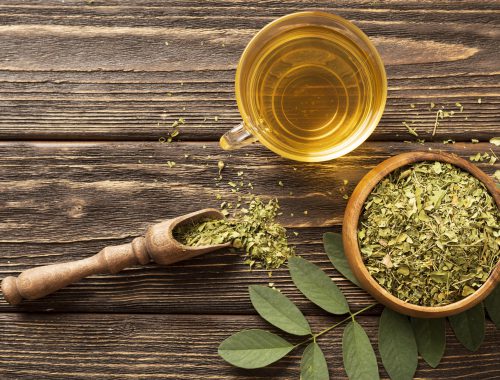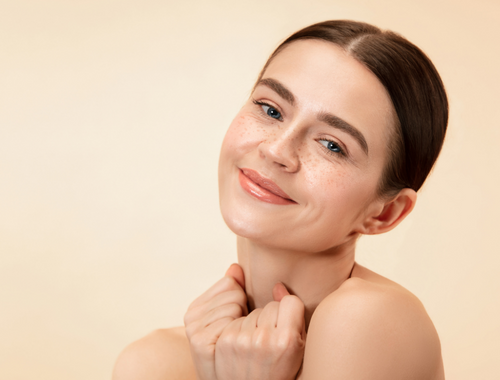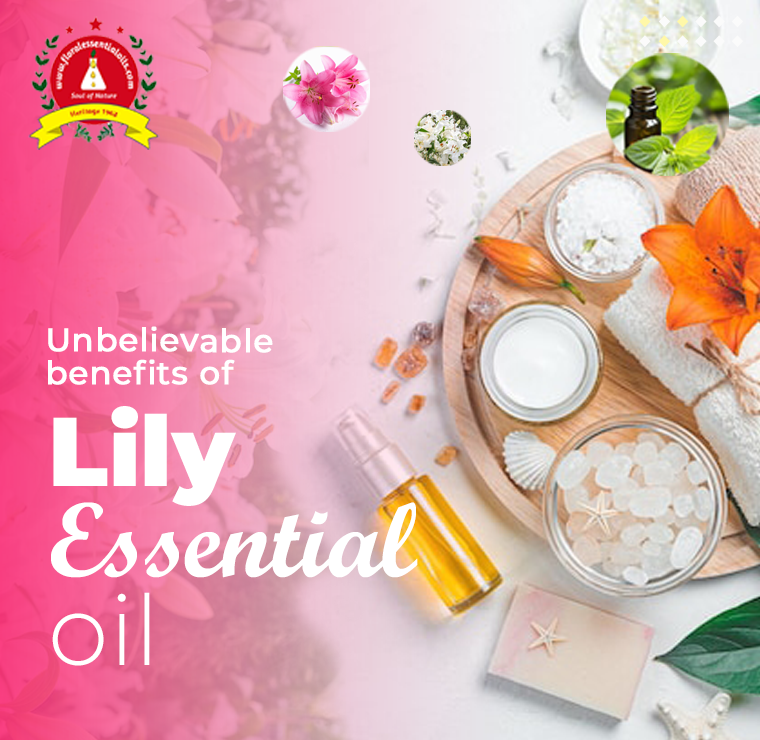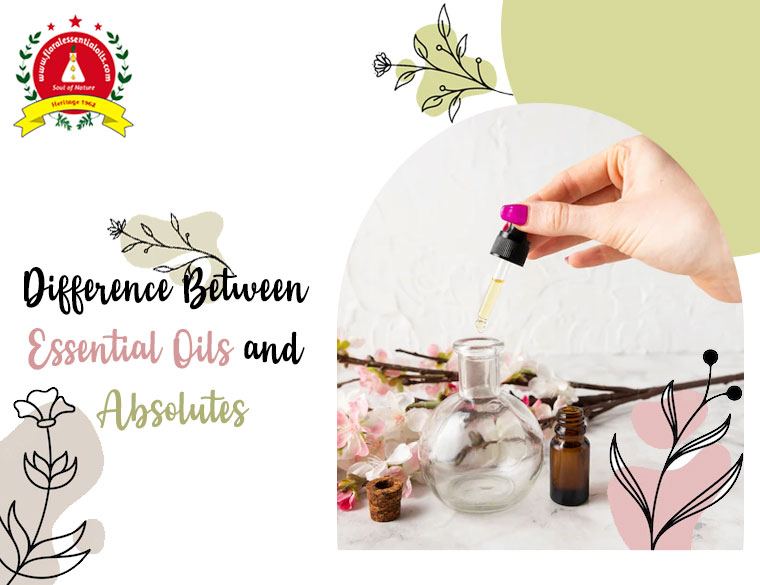Are you concerned that the harsh winter will cause your skin to become dry and rough? We do, however, have a one-stop solution that effectively addresses skin dryness. Yes, use tea tree essential oil for dry skin to see how it improves your skin’s suppleness and smoothness throughout the year.
Melaleuca oil, also referred to as tea tree oil, is a natural skin enhancer that keeps the skin moisturized and hydrated while purifying it, giving it a healthy glow. As a result of its potent anti-fungal, anti-inflammatory, and antiviral properties, it is the ideal solution for skin issues. The oil’s natural oil content is best known for its ability to combat acne and moisturize the skin.
Get the purest tea tree essential oil from absolute oil exporters to get better quality.
Why Tea Tree Oil for Dry Skin?
The melaleuca plant’s leaves are used to make tea tree oil, which is rich in organic and natural oils that hydrate and nourish the skin. It contains many healing substances, including terpinen-4-ol, which helps to prevent skin infections.
Tea Tree Oil is a remedy you need if you have itchy skin. Try it and watch how your skin improves. When combined with a carrier oil, tea tree oil works amazingly well to hydrate dry skin cells deeply and give your skin a healthy glow.
Consequences of Dry Skin
Although dry skin is not a serious condition in and of itself, it can certainly take away from the beauty of the skin. The skin is susceptible to environmental factors, including dryness and damage from outside pollutants. Skin often becomes dry, dull, and weak due to factors such as weather changes, pollution, and sun exposure.
Benefits from Tea Tree Oil
Rashes and Redness: Dry skin frequently causes skin rashes and irritation. It might progress into rashes and redness that cover the entire area of the dry patches. If the redness and rashes are not treated, they may worsen and cause more problems. Dryness-related skin rashes are most frequently seen on the hands, arms, and legs and are more common in the winter.
Moisturization: Skin that is well-hydrated acts as a barrier to stop cracks and scales from forming. However, depending on how severe the dryness is, dry skin can cause shallow or deep skin cracking. Skin cracking commonly affects the lips, feet, and hands.
Inflammation: Prolonged skin dryness can result in skin inflammation, redness, rashes, and deep cracks that occasionally bleed. Itching can be caused by skin inflammation, which in turn can cause rashes and redness.
Aging: Dry skin has a tendency to sag and wrinkle more quickly. The skin appears damaged, lifeless, and drab as a result. Your skin may start to look older and age more quickly as a result of this.
Itchiness and Bleeding: The symptoms of flakiness and scaling are most frequently linked to dry skin. It can cause uncomfortable itching symptoms and an overwhelming urge to scratch the dry patches. Excessive scratching can further damage the dry areas, resulting in bleeding and wounds.
Infection: If untreated, dry skin can lead to other problems, such as infections. In addition to providing a breeding ground for bacteria and germs, cracked skin can result in bleeding or pus oozing out. All of this can result in bacterial, fungal, and other skin infections.
Eczema: One of the main causes of eczema or atopic dermatitis is dry skin. Dry skin patches have a tendency to swell up, itch, turn red, and eventually crack and bleed.
How to apply Tea Tree Oil on Dry Skin?
So far, we’ve learned that tea tree oil is a miracle worker for dry skin, but how? The solution is straightforward: first and foremost, use tea tree oil that is 100 percent pure and organic.
However, keep in mind that pure tea tree oil has a strong scent and should be diluted with a carrier oil to lessen its effects, such as coconut oil, almond oil, jojoba oil, avocado oil, olive oil, or sesame oil. One or two drops of tea tree oil combined with 12 drops of a carrier oil is the recommended dosage for tea tree oil. Apply it to the dry areas of the skin at least twice daily after thoroughly mixing it.
Tea Tree Oil Homemade Recipes to Treat Dry Skin
How about using this miracle oil in some simple, inexpensive DIY skin care recipes? Yes, in this article we’ll discuss the many benefits of tea tree oil and show you how to use it to get immediate relief from dry skin in ways that are unique to you.
Mask made with Tea Tree Oil
While taking an aspirin can relieve pain, it can also improve your appearance. To treat dry skin on your face and neck, make this easy DIY face pack with aspirin tablets and tea tree oil. Acetylsalicylic acid, which is present in aspirin and helps to tighten skin, also helps to moisturize skin when combined with tea tree oil.
Ingredients:
Tea tree oil, 1 to 2 drops
8–10 tablets of uncoated aspirin
water, 1 teaspoon
Using a spoon, crush the aspirin tablets in a small bowl. Add water gradually until a paste that spreads easily is formed. After applying the paste to the face and neck, wait 15 minutes before washing it off. The mask may crumble and turn powdery as it dries. Use lukewarm water to rinse it. For best results, use the mask two or three times per week.
Tea Tree Oil Moisturizer
In order to treat problems with dry skin, moisturizers are helpful. So why not incorporate the advantages of pure tea tree oil into your moisturizer? To try one today, just adhere to these easy steps.
Ingredients:
Aloe Vera gel diluted to 2 tablespoons
Tea Tree Oil 12–15 drops
An empty container with tight seals
The only step is to thoroughly combine the aloe vera gel and tea tree oil to create a paste. Fill the airtight container with the paste. Take a spoonful of the mixture as you use it, and spread it evenly over the dry areas of your skin.
As there are no additional preservatives, it might not last very long. Therefore, it is best to try and use it all in small batches.
Tea Tree Oil Toner
Toning aids in skin tightening and aging sign reduction. To lessen dry skin, try this homemade toner made with tea tree oil.
Ingredients:
Rose water, 25 ml
Tea tree oil, ten drops
a spot-free spray bottle
Method: To make your own DIY toner, fill the spray bottle with 25 ml of rose water and 10 drops of tea tree oil. Before each use, shake the ingredient-containing bottle.
Tea Tree Facial Oil
Why not give your face a massage while using a homemade facial oil that is formulated specifically for your skin type and controls skin dryness? Try this easy recipe to find new ways to combat dry skin.
Ingredients:
carrier Oil in 10 ml ( of your choice)
Tea Tree Oil, 15–16 drops
The carrier oil and tea tree oil should be thoroughly combined in a bowl to create a smooth mixture. Using a few drops of this mixture, gently massage your face and neck region. Then, let your skin absorb the oils.
Tea tree oil precautions for dry skin
There are a few things to keep in mind when using tea tree oil, even though it is safe for the majority of skin types.
Perform a quick patch test before using it for the first time to rule out any potential allergies. You can do this by applying a few drops of tea tree oil to the elbow or inner arm. The following day, if there are no rashes or redness, you are in good shape.
Avoid applying tea tree oil to the delicate areas around your eyes, eyelids, and lip area when applying it to your face.
Tea tree oil should not be applied to irritated skin, cuts, wounds, or rashes.
Before using any essential oil while pregnant, consult a doctor.
Conclusion
Tea Tree Oil has been used for years to treat skin conditions, and it is quickly gaining popularity as a moisturizer. It blends well with other carrier oils to benefit your skin and rejuvenate it with a profound glow and newfound health due to its high nutritional profile and easy-to-combine qualities. Grab a bottle of tea tree oil now, and incorporate it into your daily skincare routine!
